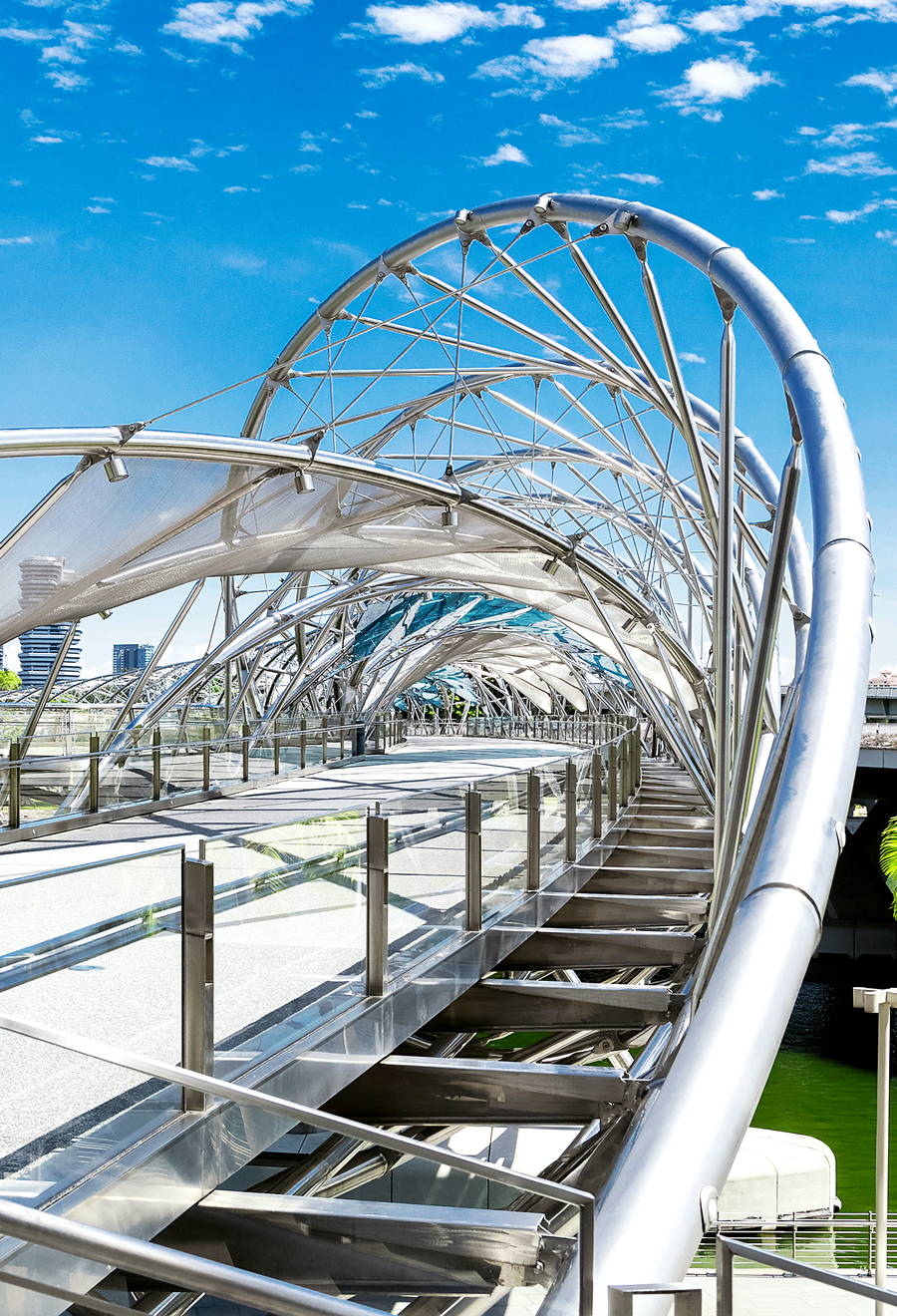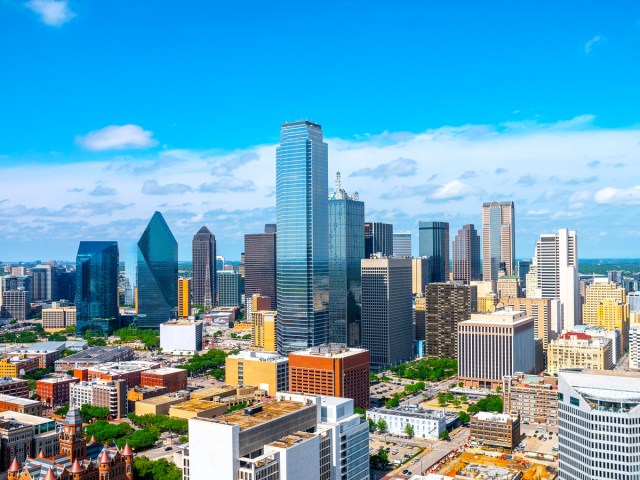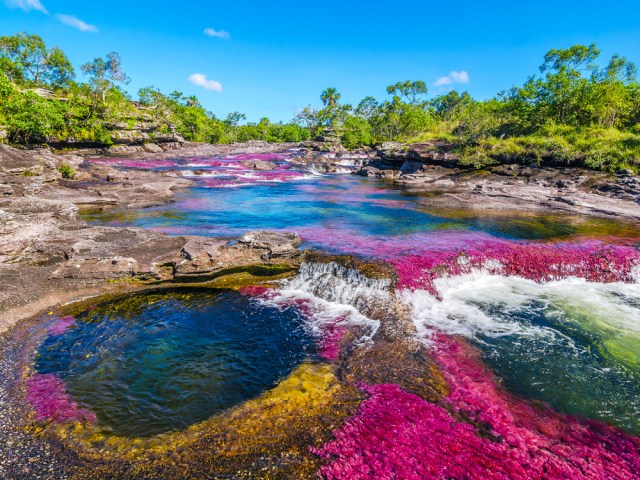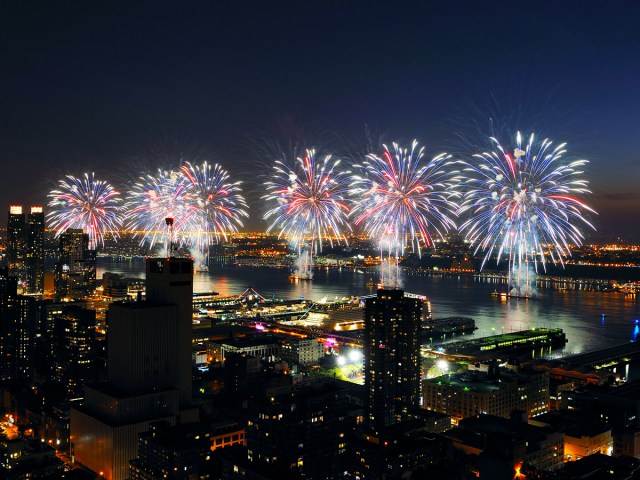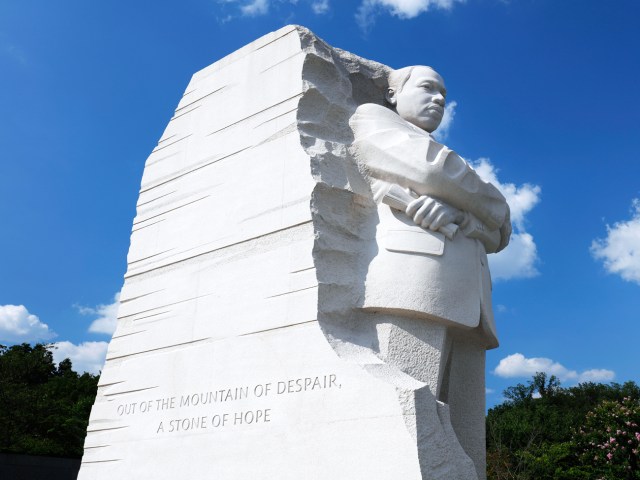Bridges aren’t just for cars or trains — they’re often shared with or even purpose-built for pedestrians. Many offer a unique vantage point of cities and countrysides and featuring striking architectural design, which makes these types of bridges fantastic tourist attractions. From a Vietnamese bridge held up giant stone hands to a Renaissance Revival stunner over the Danube River, these are seven of the most beautiful bridges pedestrians can cross.
Golden Bridge – Vietnam

One might say you’ll be in good hands as you walk across this pedestrian bridge suspended high above the mystical landscapes of Vietnam. Cau Vang (which translates to “Golden Bridge”) winds for 500 feet across the verdant mountain scenery of the popular Ba Na Hills amusement park and resort, but its practical purpose — to connect a cable-car station with the resort’s picturesque gardens — isn’t what draws millions of eager tourists each year.
That would be the pair of giant weathered stone hands that hold the bridge in place, stretching upward toward the sky as if they were plucked out of a centuries-old fairy tale. Opened in 2018, the awe-inspiring bridge was designed, according to its architects, to mimic the “giant hands of Gods, pulling a strip of gold out of the land.” As part of a multibillion-dollar investment to bring more visitors to the amusement park, it appears to have done the trick — the attraction, seemingly tailor-made for the Instagram age, went viral almost as soon as it opened.
Rialto Bridge – Venice, Italy
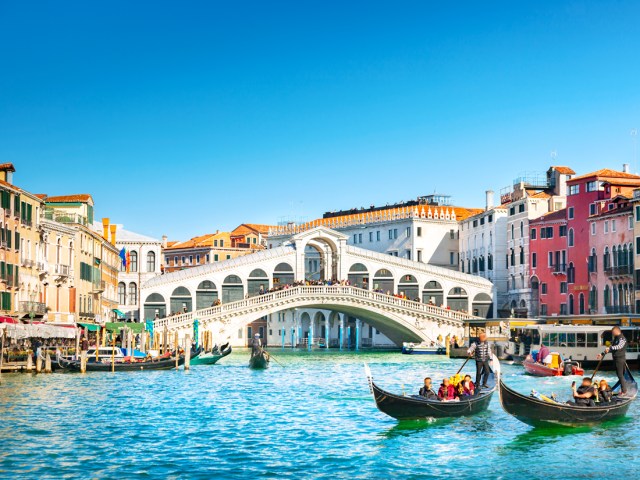
In a city awash with amore, the Rialto Bridge manages to maintain supremacy as one of the most romantic spots in the city. The oldest of the four bridges spanning the Grand Canal, the Rialto had several earlier versions connecting the districts of San Marco and San Polo, which were destroyed before the current stone structure was approved. Michelangelo was one of the architects whose proposed design didn’t make the cut, but Antonio da Ponte was up to the task, and completed his version of the bridge in 1591. Today the elegant arched bridge is one of Venice‘s most popular tourist attractions.
Mostar Bridge – Bosnia and Herzegovina
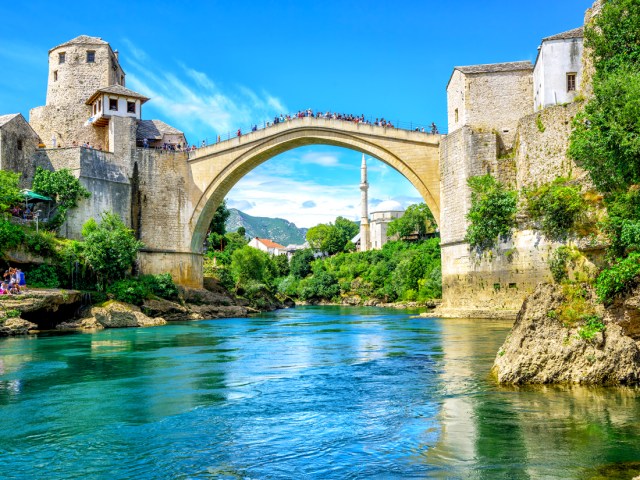
This iconic span is a reproduction of one that had stood here for more than four centuries before being destroyed in 1993 in the Croat-Bosniak War. Indeed, the Mostar Bridge is so central to the town’s identity that the name Mostar itself derives from the Serbo-Croatian words for “old bridge” (stari most).
The previous span — which linked 15th-century Ottoman settlements on either side of the river Neretva — was commissioned under threat of death. According to lore, should that effort, like previous ones, have ended in quick collapse, Sultan Suleiman the Magnificent planned to execute the offending engineer, who was reportedly found making burial preparations as the bridge debuted in 1566. That pessimism proved premature, however. The structure not only stood for 429 years, but the replica that replaced it (which opened in 2004) has also become an enduring symbol of the beauty and brilliance of Ottoman architecture.
Bridge of Peace – Tbilisi, Georgia
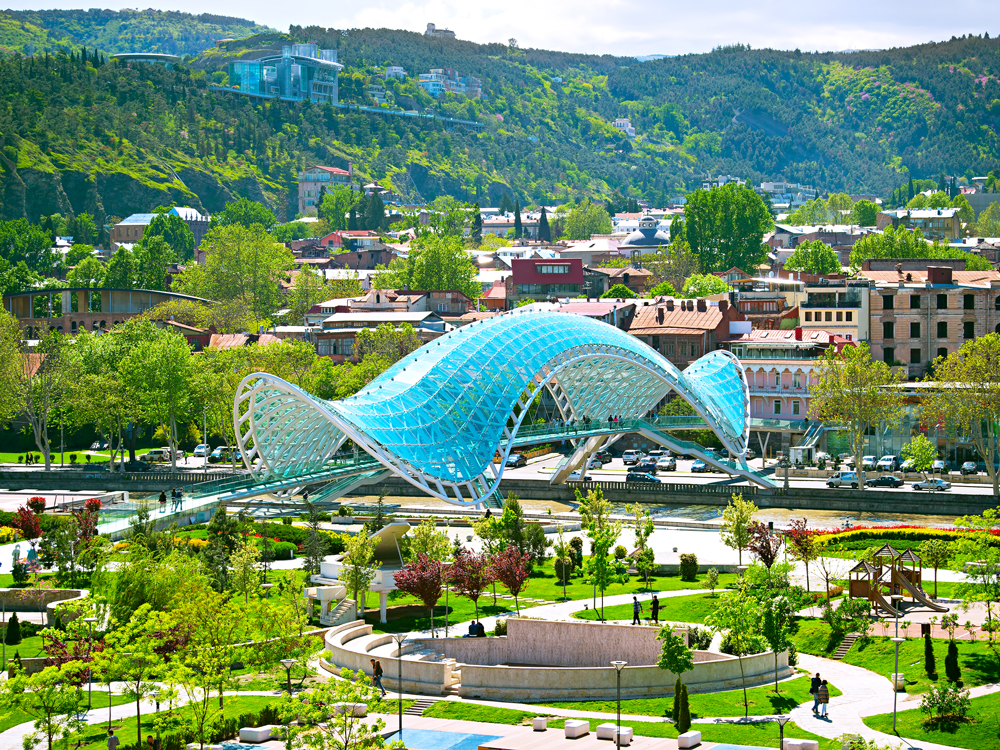
The Bridge of Peace could’ve been just another footbridge connecting Tbilisi’s Old City to Rike Park to the east. But instead, the city chose to erect a contemporary monument that glows with some 30,000 individual LED lights and gorgeously contrasts with Tbilisi’s traditional architecture. Italian architect Michele De Lucchi — who had already created a pair of well-loved buildings for the Georgian government — designed the 400-foot expanse in 2010 as a celebration of peace and progress in the wake of Georgia’s turbulent past. The bridge’s modern, amorphous aesthetic drew some criticism upon opening, but the views — incredible sunsets along with many of the city’s most iconic sights — soon put that to rest.
Széchenyi Chain Bridge – Budapest, Hungary

“Grand” doesn’t begin to describe this lion-guarded stone bridge straddling the Danube River. The Széchenyi Chain Bridge connects Clark Ádám Square in Buda and Széchenyi Square on the Pest side of Hungary’s historic capital. The two sites were previously only connected by a precarious pontoon bridge, but Count István Széchenyi dreamed of a grander, more permanent structure in the early 19th century. Although the count’s vision took 50 years to come to fruition (and was mostly destroyed by the Nazis in 1945), the reconstructed 1,230-foot Renaissance Revival bridge is once again the jewel of the city.
The Helix – Singapore

Singapore certainly doesn’t do small-scale, and the cutting-edge Helix is no exception. This futuristic footbridge in the island nation’s sleek Marina Bay area allows pedestrians to stroll across the Singapore River from the city center to the “new downtown” on the waterfront. Completed in 2010, the 919-foot bridge is inspired by the appearance of human DNA; the tubular truss is encircled by a stainless steel double helix structure. Viewing pods along the bridge offer stunning vignettes of the city’s modern skyline.
Brooklyn Bridge – New York City
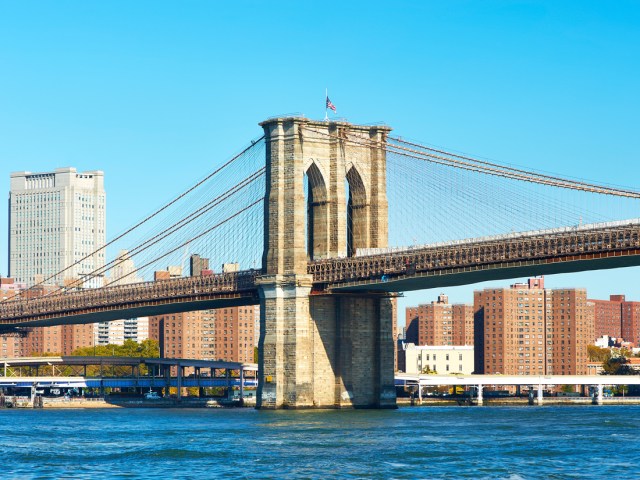
The first steel-wire suspension bridge in the world, the Brooklyn Bridge accommodates both six lanes of vehicles (no trucks) on its lower span, as well as a protected pedestrian walkway above. It was also the first fixed crossing point over New York City’s East River, connecting the boroughs of Manhattan and Brooklyn. Known for its graceful masonry arches, the Brooklyn Bridge took 14 years to complete (from 1869 to 1883) and is more than a mile in length, with a main span of almost 1,600 feet. Plagued by construction problems (including decompression sickness for workers toiling underwater), the hybrid cable-stayed/suspension bridge was a marvel of 19th-century engineering and retains its status as an iconic symbol of New York City.






